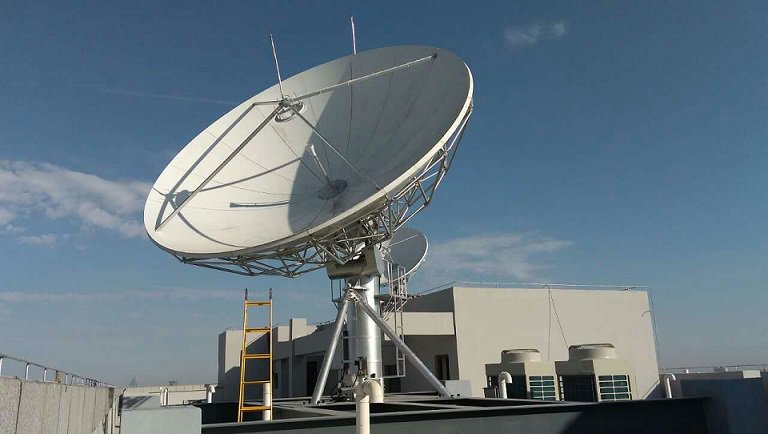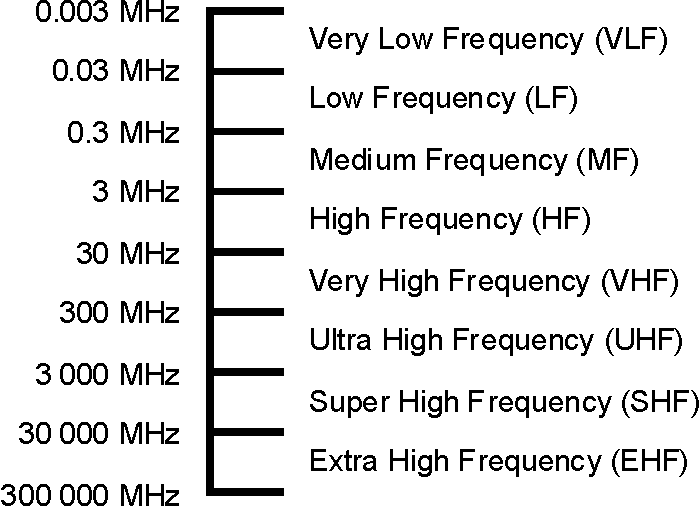TIDES OF SOFTWARE DESIGNED RADIO
SOFTWARE DESIGNED RADIO
Software designed radio is a radio communication system where components that have been traditionally implemented in hardware are instead implemented by means of software on a personal computer. While the concept of SDR , the rapidly evolving capabilities of digital electronics render practical many processes which were once only theoretically possible.
A basic SDR system may consist of a personal computer equipped with a sound card, or other analog to digital convertors, preceded by some form of RF front end. Significant amounts of signal Processing are handed over to the general-purpose processor, rather than being done in special-purpose hardware.
APPLICATIONS OF SOFTWARE DESIGNED RADIO
The SDR concept is applicable in various areas
•MOBILE COMMUNICATION
Software defined radios are very useful in areas such as mobile communications. By upgrading the software it is possible to apply changes to any standards and even add new waveforms purely by upgrading the software and without the need for changes to the hardware. This can even be done remotely, thereby providing considerable savings in cost.
•RESEARCH AND DEVELOPMENT
The radios can be configured to provide the exact receiver and transmitter requirements for any application without the need for a total hardware design from scratch.
•MILITARY
The military have made much use of software defined radio technology enabling them to re-use hardware and update signal waveforms as needed.
•OTHERS
There are very many other applications that can make use of SDR technology, enabling the radio to be exactly tailored to the requirements using software adjustments.
ADVANTAGES OF SDR
• It can perform at high rate.
• Performance can be changed by upgrading the software.
• It is possible to reconfigure radios by updating the software.
• The same hardware can be used for several different radios.
DISADVANTAGES OF SDR
• Analogue to digital converters limit top frequencies that can be used by the digital section.
• For very simple radios the basic platform may be too expensive.
• Development of a software defined radio requires both hardware and software skills.













